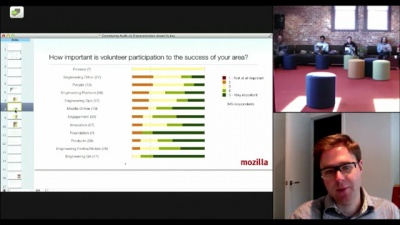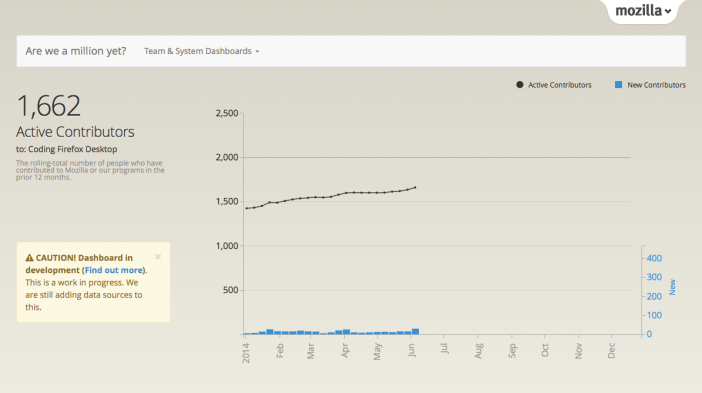We’ve learned a lot this year as we’ve been working on enabling communities that have impact. We discovered there is a high contributor churn rate, scaling the size of the community doesn’t meet the needs of all teams and there is a need to make community building more reliable and predictable.
There are still many more questions than answers right now though and there is much more to learn. A contributor audit was done in 2011 that had useful findings and recommendations, but it has now been 3 years since that research was completed. It is time to do more.
Research has provided other community-driven organizations with lessons that help them be more successful. For example, Lego has an active community and research has helped them develop a set of principles that promote successful interactions that provide value for both community members and the Lego organization.
We’ll be kicking off a new research project soon and we’d love to get your help. This will involve creating a survey to send out to Mozillians and will also dive into the contributor data we’ve started collecting. This won’t answer all the questions we have, but this will give us some insight and can provide a starting point for other research projects.
Some specific asks for helping with the survey include thinking about what questions we want to ask and thinking about the audience of people we want to reach out to. For the data analysis part, please comment here or contact me if you’re interested in helping.


Great Post!
“There was a time when the community was essential to the core mission of Mozilla; at that time, the browser could literally not be coded without volunteers. This is simply no longer true for a growing number of groups at Mozilla. ”
I think this is still as true as it was in 2011 while the CBT Team is making some momentum in changing this I really think the culture changed so much that it will take time and support from top to bottom to change this.
Also some of the findings and recommendations do not seem to have had much momentum in the organization so perhaps if they did some of this would have had more drastic change since 2011.
Anyways after talking with Mitchell, Mark and Mary Ellen in Berlin I’m hopeful that there is support to make some of these changes and better support contributors.
Congratulations on all of you working on this effort.
Unfortunately, I do not find the data understandable.
Looking at the graph for Firefox OS:
http://areweamillionyet.org/?source=firefoxos&
it suggests there are 1000 people working on the codebase. From what I understand there are a large number of employees working on the code, then a number of people in the device making partners. To what extent those are the 1000 people, is completely unclear. I thought the effort was to understand how the outside community becomes involved in projects rather than the number of Mozilla employees working on projects.
It is also unclear who are measured. It may be that these 1000 are the ‘core contributors’ who have at least ’10 pull requests landed’. Given the span of work on an operating system this seems overly focused on code contributions. Given the flow of employees in the project, the ten odd contributors landing a month seem like they will be, in majority, paid contributors, not volunteers.
Finally, the source data, unfortunately, do no tell us about how these numbers were generated. I seem to get as far as:
http://doctodash.herokuapp.com/tab/firefoxos
but that tells us nothing about how the data are generated.
Absent better documentation on the graph or on the source data, I can not extract much usable information from this work. Perhaps this is merely the transitional stage.
Adrian,
Thanks for your feedback on this data and for looking into what’s available. The information I linked to in this post is just the basics and there is more you can look into at the following links.
The Baloo wiki page has more information about what data is being collected and has more specific information, such as the schema we’re using. More about that is at:
https://wiki.mozilla.org/Baloo
The conversion points wiki page has more details about the specific actions that we’re tracking for each contribution area. We’re asking each contribution area to track the steps a contributor makes and then define the thresholds where someone becomes ‘active’ for that area. The contributor counts on areweamillionyet.org reflect the total number of contributors that hit these thresholds over the course of a year.
https://wiki.mozilla.org/Contribute/Conversion_points
In terms of who is being counted, we want to include anyone who is taking action to support the mission — both paid and unpaid. I agree with you that there is value in being able to dive deeper into these high-level stats and segment based on variables such as volunteer or staff. This is something we’re working towards.
If you’re interested in helping us with this, we’d love your help. There is more to do with the upcoming contributor research project as well as more to do with contribution metrics in general.
Thanks,
David